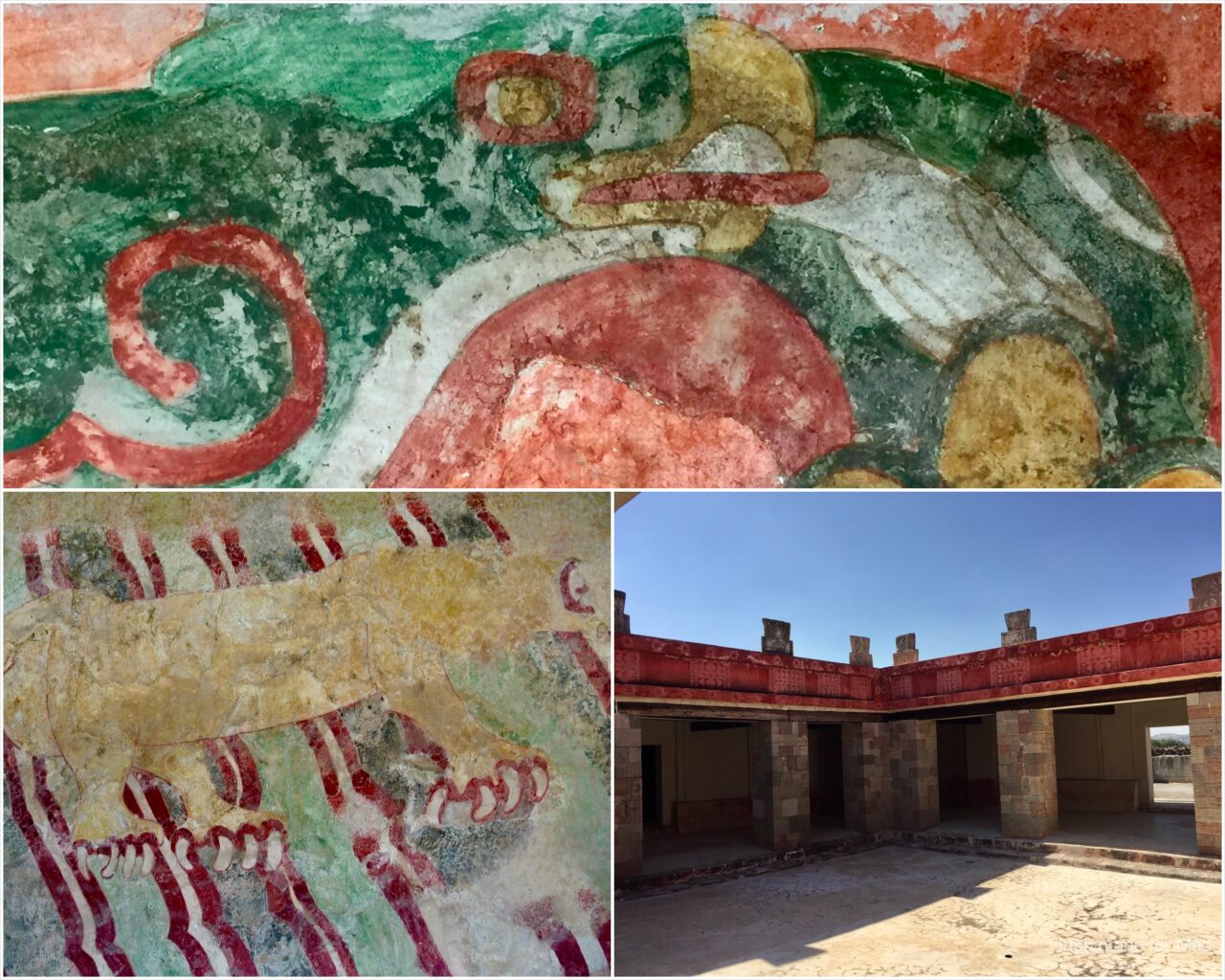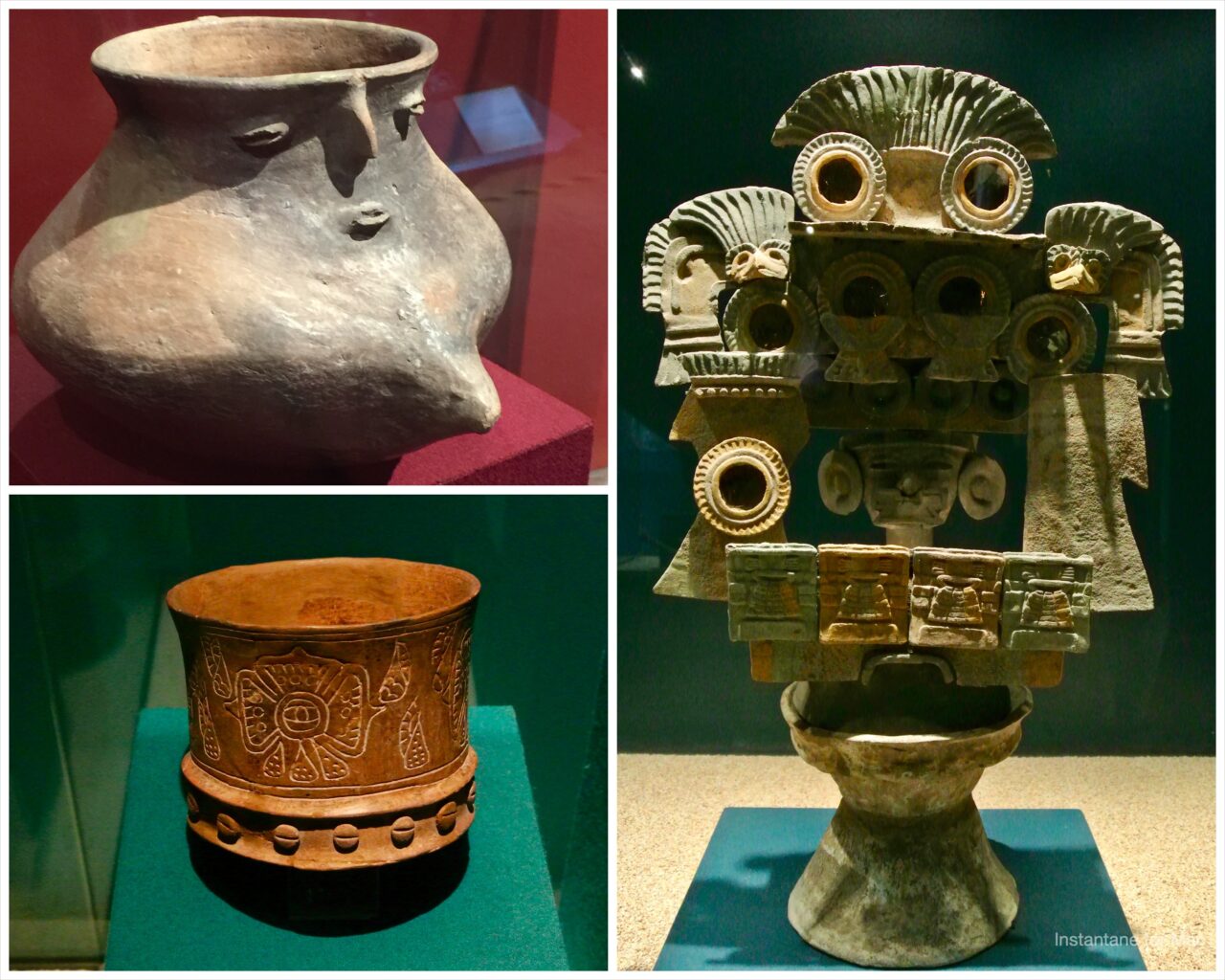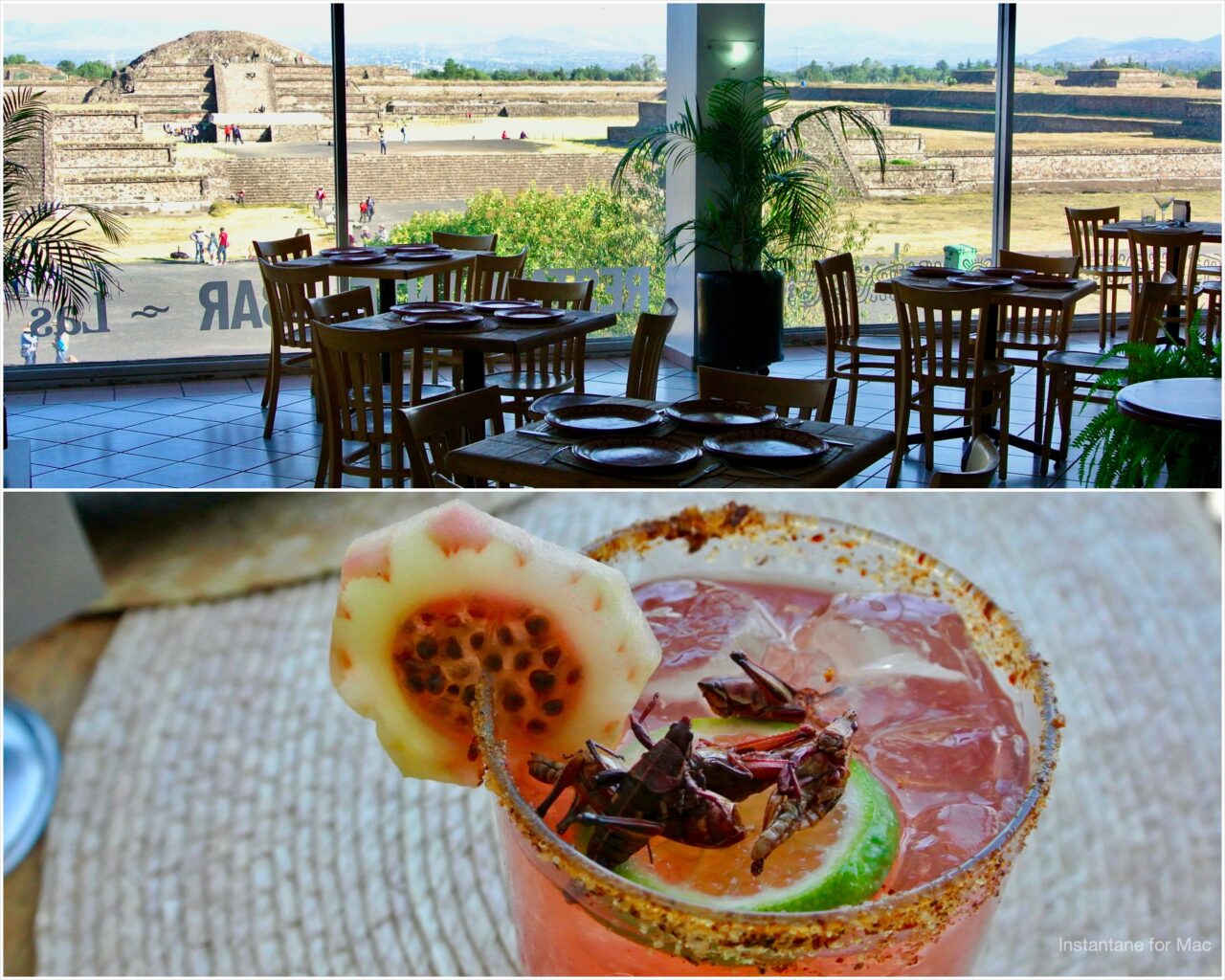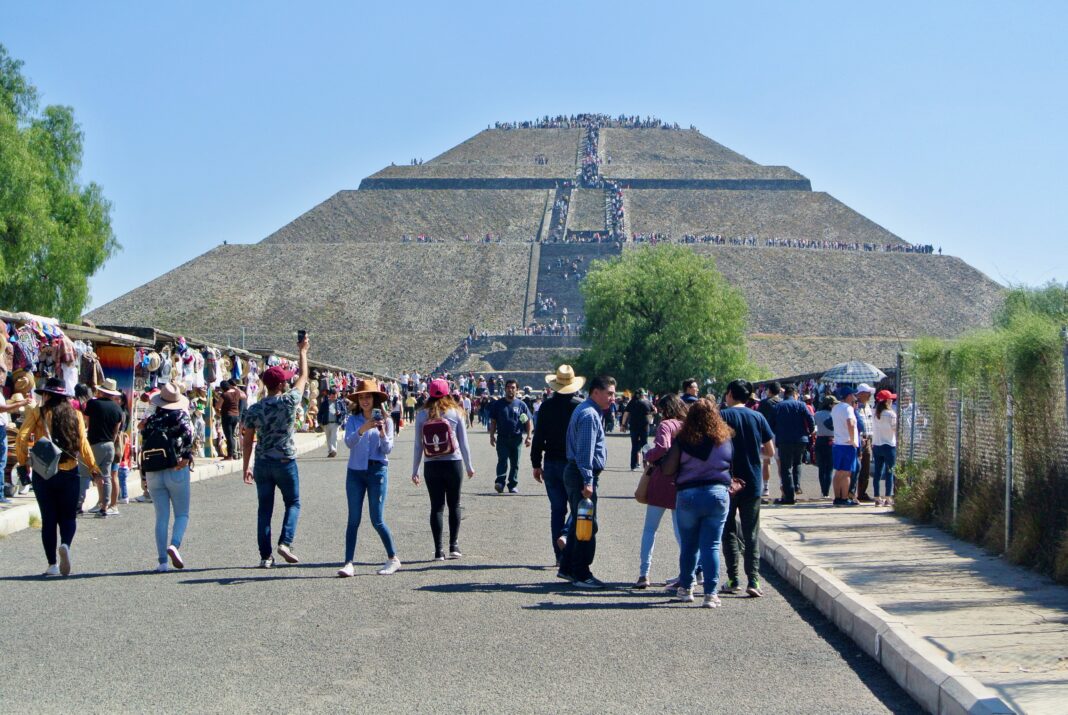Teotihuacán elicits gasps upon first seeing the towering Pyramid of the Sun at the entrance to this legendary UNESCO World Heritage Site. Then reality becomes clear; the city’s builders intended visitors to be awestruck. When the Aztec’s first saw Teotihuacán, 500 years after it was abandoned by its builders, they swore it could only have been created by the gods.
Much of the language, politics, culture and religion of the Teotihuacán people remains a mystery. The art and architecture of the city shows that the primary deity was the Great Goddess of Teotihuacán along with deities whose roles varied in other Mesoamerican cultures: Quetzalcoatl, the rain god Tlaloc and the god of spring Xipe Totec. The Teotihuacán priests practiced ritual sacrifices of animals and people to these gods.

The earliest buildings at Teotihuacán date to about the 1st century A.D. The Pyramid of the Sun, at 66 meters (216 feet) is the third largest pyramid on Earth and the largest in the Western Hemisphere. It was constructed in the 2nd century.

Teotihuacán was a theocratic state and a model of urban planning. It had a compact downtown arranged on an orderly grid, with temples, open plazas, and elegant apartments. Wide avenues and an efficient drainage and water-supply system were developed. The main Avenue of the Dead runs from the Pyramid of the Moon at the northern end past the Pyramid of the Sun and south to the Temple of Quetzalcoatl for over two kilometres (1.2 miles).
This was where the administrative and religious elite worked and lived. The pyramids, temples and palaces were plastered, the lime found in surrounding areas, on which they painted brilliantly colored murals. While the pyramids have endured for centuries, the paint and plaster has not and only fragments are visible.

Teotihuacán was a multi-ethnic state connected to the Zapotec, Mixtec, and Maya peoples through trade and religious influence. Many of these residents lived in the outlying “suburbs” and were the economic engine for crafting products and exports. Raised farming beds, called chinampas (floating gardens) created high agricultural productivity. This design allowed for the formation of channels to transport food from farms to the city center.
These neighborhoods were a center of industry, home to many potters, jewelers and craftsmen. Teotihuacán was known for producing a great number of obsidian artifacts including spear and dart heads. The State had a monopoly on obsidian trade—the most important deposit in Mesoamerica was located near the city.

Ceramics, such as pottery and other luxury goods, were also highly prized exports because of their elaborate decorations. The archeological museum, set in a peaceful garden, displays a priceless collection demonstrating great artistic accomplishment and imagination. Other common trade goods included cotton, cacao, exotic feathers and shells.
Archaeologists estimate that Teotihuacán encompassed about eight square miles, with more than 100,000 inhabitants at its peak in the 5th century. A thousand years later Medieval London covered only about one square mile and its population didn’t reach 100,000 until the 16th century.

Decline and fall
The city and the Teotihuacán elite vanished from history by the mid-8th century as mysterious as they appeared. Scholars originally thought that invaders attacked the city sacking and burning it. Further archeological evidence suggests a much more interesting possibility.
The beginning of population decline has been linked to lengthy droughts related to climate change in the mid-6th century A.D. This lends support to the hypothesis that internal social tensions between the ruling elite and the general population led to riots and rebellion. Burning was limited to the structures and dwellings of the ruling class (largely built on the flat tops of the pyramids and the plaza platforms). By 750 A.D. the city lay abandoned.
In the 1960s, Swiss author Erich von Däniken titillated the world with his theory that “ancient astronauts” from beyond Earth were the engineers that directed humans to build the great monuments of the ancient world. To the Aztecs – themselves brilliant engineers – only the gods could create such magnificence. Yet one undeniable truth exists within the mist of time: the genius and tenacity of humans made the Teotihuacán we treasure today.

When you go: The city and archaeological site are located in San Juan Teotihuacán municipality in the State of México, approximately 40 kilometres (25 mi) northeast of Mexico City. Taxi, Uber and bus services are convenient from both downtown Mexico City and the airport.
The site covers a total area of 83 square kilometres (32 sq mi) and was designated a UNESCO World Heritage Site in 1987. It is the most visited archaeological site in Mexico.
The city’s grid layout makes it easy to wander on your own. Good walking shoes, a hat and sunglasses are a necessity, especially if you plan to climb a pyramid. It’s best to schedule two days to truly absorb this unique city.
A variety of guided tours are available, but the major sites all have bilingual Spanish/English signage.
Before leaving, enjoy Restaurant las Piramides at the southern end of the Avenue of the Dead with great views of the Temple of Quetzalcoatl. Enjoy unique dishes and drinks including a tequila cocktail garnished with crispy, roasted chapulines (grasshoppers) – a pre-Columbian treat that’s revived in popularity today.

Travel with Pen and Palate every month in the Hellenic News of America to Greece and the World







